Following the success of the X2D 100C, Hasselblad today releases the X2D II 100C. It is the industry’s first 100-megapixel medium format camera with end-to-end high dynamic range. With AF-C continuous autofocus, Hasselblad Natural Colour Solution, and industry-leading 10-stop in-body image stabilisation, Hasselblad says the new camera delivers even more true-to-life colour, faster focusing performance, and greater hand-held control.
Combined with Phocus Mobile 2, Hasselblad claims the X2D II offers a seamless workflow, expanding creative possibilities across landscape, portrait, street, and travel photography.
Launching alongside the X2D II 100C is the XCD f/2.8–4.0 35–100mm. This is a wide-angle to medium telephoto zoom lens that covers the most commonly used focal lengths. With a wide f/2.8 aperture and flagship optics designed for top-tier performance, the lens excels in low-light conditions. It also delivers the fastest focusing speed in the Hasselblad XCD lens line up.
Continuous Autofocus
For the first time on a Hasselblad camera, the X2D II 100C introduces AF-C continuous autofocus. Powered by deep-learning algorithms, the system is said to deliver reliable performance, accurately detecting and tracking moving subjects. Phase Detection Autofocus (PDAF) coverage has been expanded from 294 to 425 zones. It works together with LiDAR-assisted focusing to ensure fast and accurate results.
A new AF illuminator further improves autofocus performance in low-light conditions and also serves as a self-timer indicator. Together, these enhancements give users a faster, more responsive focusing system for capturing images.
End-to-end High Dynamic Range (HDR)
The X2D II 100C is the first medium format camera to support true end-to-end HDR. According to the company, Hasselblad Natural Colour Science (HNCS) HDR harnesses high dynamic range to elevate Hasselblad’s signature natural colours to new levels of brilliance.
Even in harsh lighting, it effectively reduces overexposure, enhances highlight retention, and reveals greater tonal depth. This resultins in richly detailed HDR images that reflect what the eyes naturally see. HDR images are processed in-camera as HDR HEIF or Ultra HDR JPEG. Users can can instantly review these on the new 3.6-inch OLED touchscreen at up to 1400-nit peak brightness. This is 75 percent brighter than the X2D 100C — delivering vivid, true-to-life clarity.
With Phocus Mobile 2, users can edit HDR images and apply HNCS HDR processing to RAW files. When shared on HDR-capable platforms, the company says these images demonstrate the full brilliance of HNCS HDR. They are said to reveal colours and tones with unprecedented fidelity.
Hasselblad X2D II Sensor
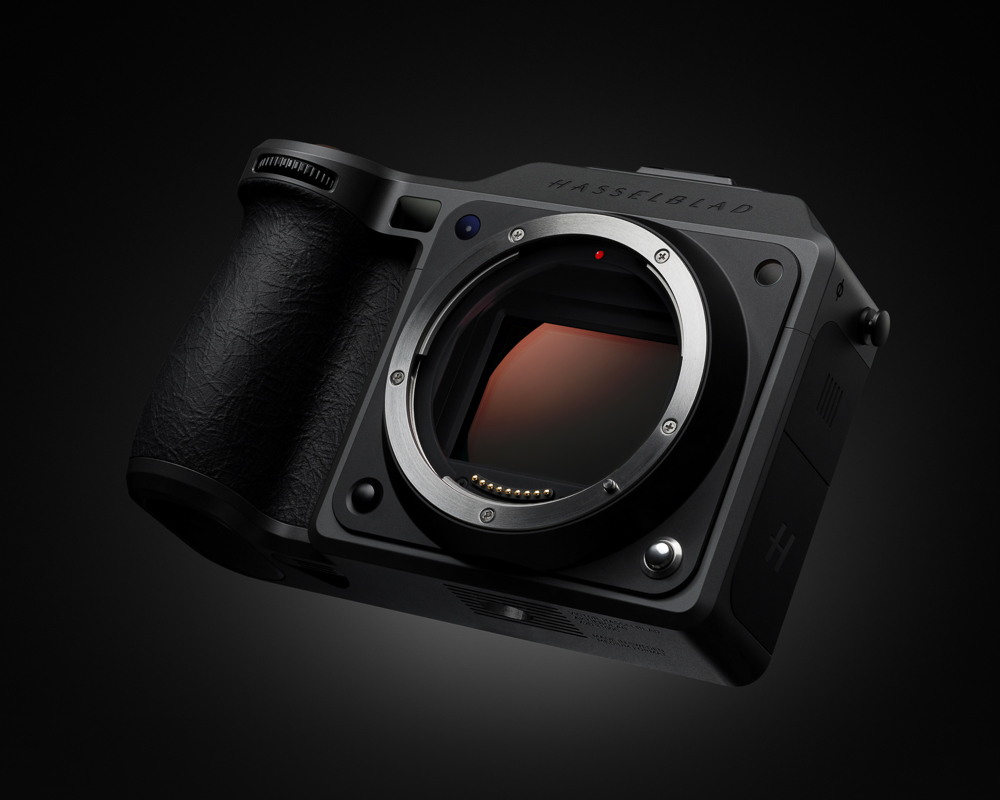
The X2D II 100C’s enhanced 100-megapixel medium-format BSI CMOS sensor embodies Hasselblad’s commitment to uncompromising image quality. With 16-bit colour-depth delivering approximately 281 trillion colours, it captures the subtle gradations that bring a photograph to life. A new native ISO of 50 and an increased dynamic range of 15.3 stops provide precise control. This extends from the deepest shadows to the brightest highlights.
The sensor’s extraordinary resolution demands equally extraordinary stabilisation. To achieve this, Hasselblad engineers followed the most stringent calibration protocols, resulting in a 5-axis, 10-stop in-body stabilisation system. This delivers up to eight times the stability of the X2D 100C when capturing distant subjects. Users can now capture hand-held long exposures lasting several seconds without a tripod, unlocking new creative possibilities.
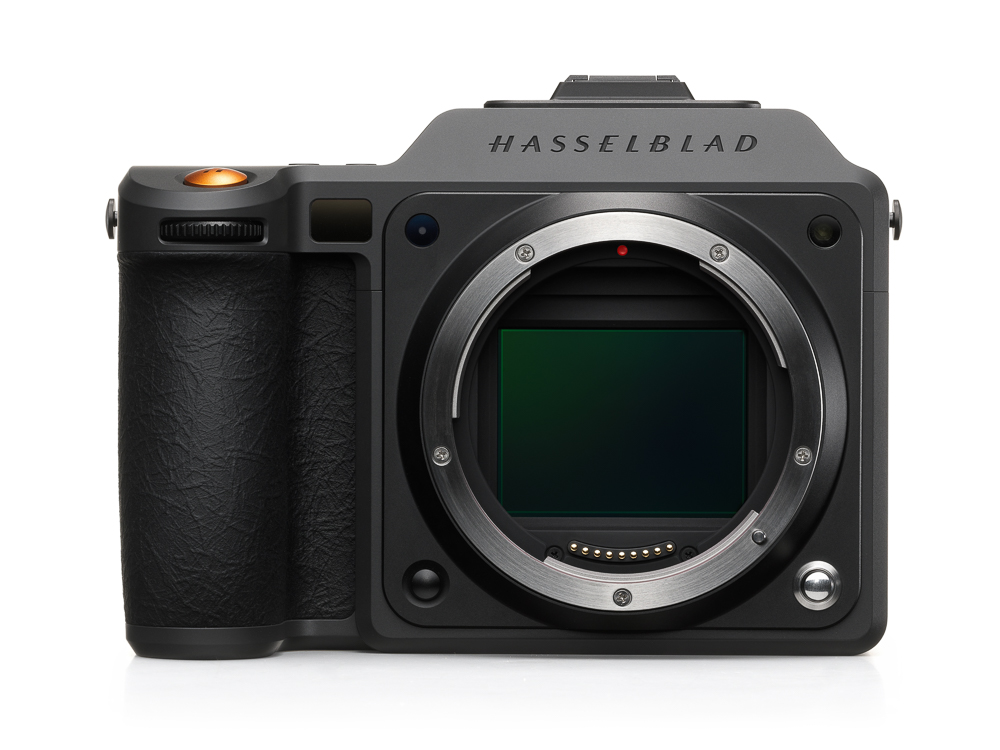
Phocus Mobile 2
According to the company, with Phocus Mobile 2, the Hasselblad workflow achieves a new level of portability, allowing users to edit on the go while staying fully immersed in their creative process.
Available on iOS devices, the app seamlessly connects to Hasselblad X and V system cameras for wireless image transfer. It also allows for remote control with a live view, firmware updates, even waking the camera when powered off. It offers a range of editing tools, including HDR image editing and Hasselblad Natural Noise Reduction (HNNR), an AI-powered feature that reduces noise in RAW files without affecting details or Hasselblad’s signature colours.
Storage and styling
The X2D II 100C retains the impressive storage capabilities of its predecessor, featuring 1TB of internal SSD storage directly on the camera. With an added CFexpress Type B slot, users can shoot with confidence, free from concerns about storage limitations or the need for additional memory cards.
Designed to be even more compact, the X2D II 100C weighs 7.5 percent less than the X2D 100C for improved handling comfort. Crafted through an advanced finishing process, the new graphite grey matte coating offers exceptional durability and a refined, subtle texture, while the black nameplate adds a touch of distinction. Hasselblad has resigned the signature ergonomic grip with a textured surface to enhance comfort and control during extended shoots.
The 3.6-inch OLED screen tilts 90° upward and around 43° downward, and pulls out while staying clear of the electronic viewfinder (EVF), making it easier to compose and capture shots from high and low angles.
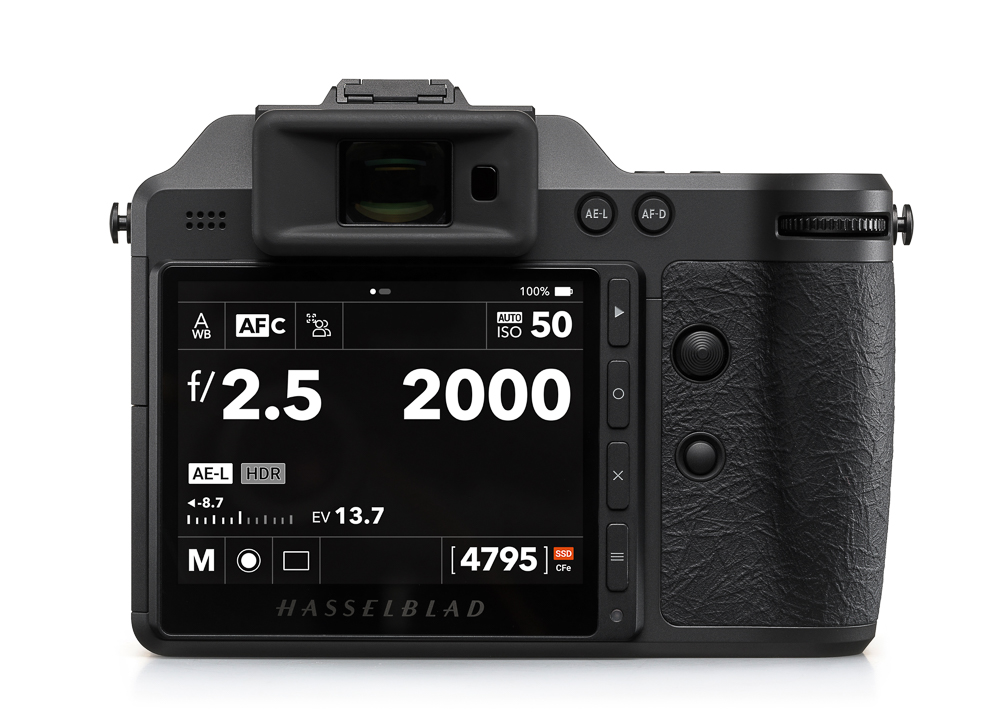
A newly added 5D joystick enables swift focus-point selection and intuitive menu navigation, without the need to touch the screen. With eight customisable buttons, the camera offers greater flexibility and a more personalised control experience.
XCD f/2.8-4 35-100E standard zoom lens
Hasselblad claims the new XCD 2.8–4/35–100E is a versatile standard zoom lens that seamlessly bridges wide-angle-to-medium-telephoto focal lengths. With approximately 3× optical zoom, it delivers a 28–76 mm full-frame equivalent focal length and an aperture range of f/2.8 to f/4. Effectively combining the range of seven Hasselblad prime lenses into one, it excels in capturing sweeping landscapes, intimate portraits, dynamic street photography, and spontaneous travel moments with confidence.
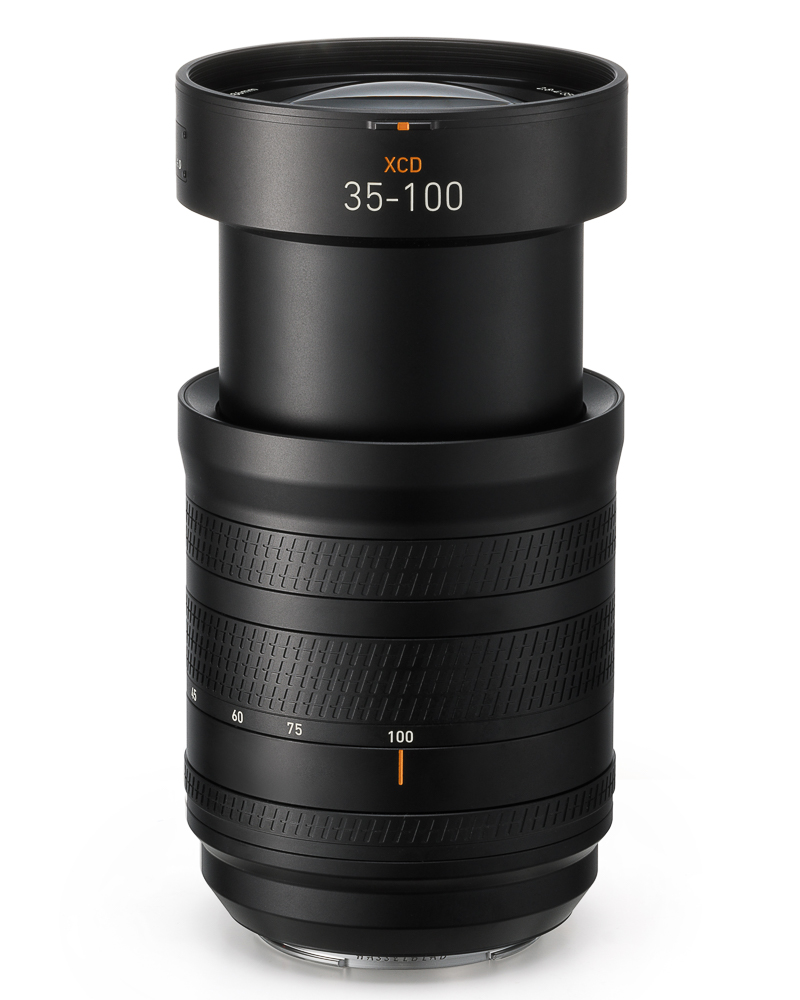
At its widest aperture of f/2.8, the lens delivers exceptional low light performance, while producing smooth, creamy bokeh and distinct background separation.
E for Exclusive
The “E” in XCD 2.8–4/35–100E stands for “Exclusive” and represents the top-tier optical performance, delivering the same edge-to-edge image quality as Hasselblad’s XCD prime lenses. Its advanced optical design comprises 16 elements in 13 groups, including three aspherical and five ED elements, ensuring sharp resolution and authentic colour that meet the demands of a 100-megapixel sensor.
The fastest stepping motor in the XCD lens line up powers the XCD 2.8–4/35–100E. This compact internal focusing group, paired with optimised control algorithms, enables smooth and accurate autofocus. When paired with the X2D II 100C’s AF-C system, it confidently tracks moving subjects and ensures precise focus in action shots.
The integrated leaf shutter offers full flash synchronisation from 1/4000 second to 68 minutes, allowing photographers to balance fill flash in bright light or shoot wide open without compromise.
Usability
Despite its bright aperture and extended zoom range, the lens remains remarkably compact, measuring just 138 mm in length and weighing just 894 grams. It features the highly praised control rings from XCD V Series lenses, allowing quick adjustments to shutter speed, aperture, ISO, exposure compensation, and subject switching.
The engraved “H” logos and subtle “V” insignia on the control rings reflect Hasselblad’s commitment to minimalist design and enduring quality, creating a lens that performs as elegantly as it appears.
A new range of accessories
Along with its new camera and lens, Hasselblad is introducing a series of new accessories.
Inspired by Sweden’s Freedom to Roam, the Vandra Camera Backpack blends functionality and style. With about 20-litre capacity, it can easily hold a Hasselblad body, two lenses, and accessories.
Hasselblad also introduces three new 86 mm UV, ND8, and CPL filters, all fully compatible with the XCD 2.8–4/35–100E.
Availability and pricing
The Hasselblad X2D II 100C costs $7,399 / €7,200 / £6,400
The XCD 2.8–4/35–100E lens costs $4,599 / €4,800 / £4,100
The Vandra Backpack costs $469 / €429.
The UV 86mm Filter costs $299 / €259.
The ND8 86mm Filter costs $329 / €289.
The CPL 86mm Filter costs $559 / €469.
All images are the copyright of Hasselblad
Make a donation to help with our running costs
Did you know that Macfilos is run by five photography enthusiasts based in the UK, USA and Europe? We cover all the substantial costs of running the site, and we do not carry advertising because it spoils readers’ enjoyment. Every amount, however small, will be appreciated, and we will write to acknowledge your generosity.

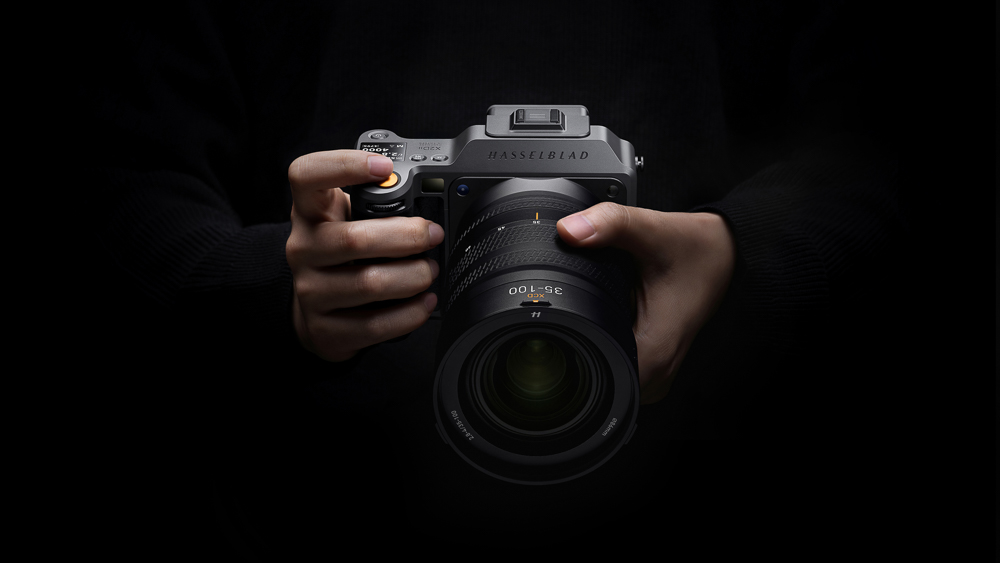
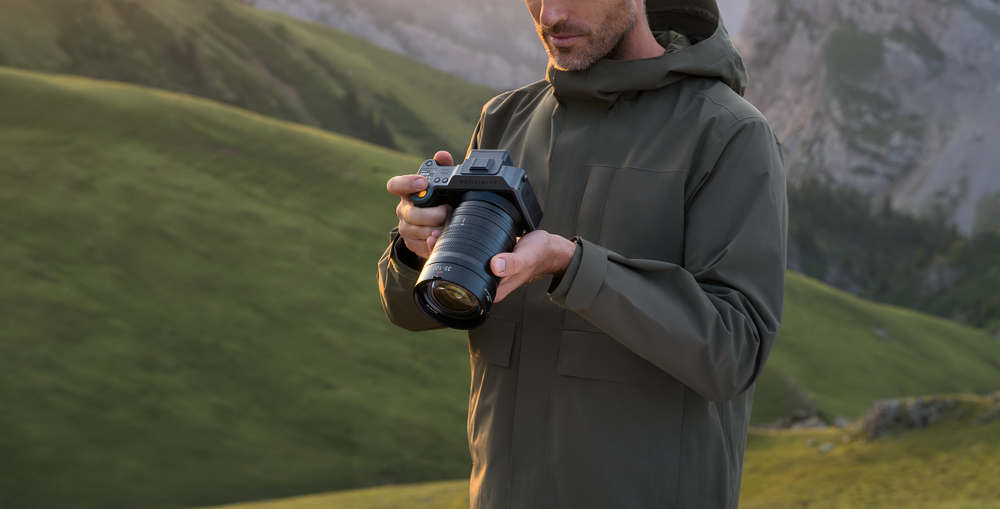
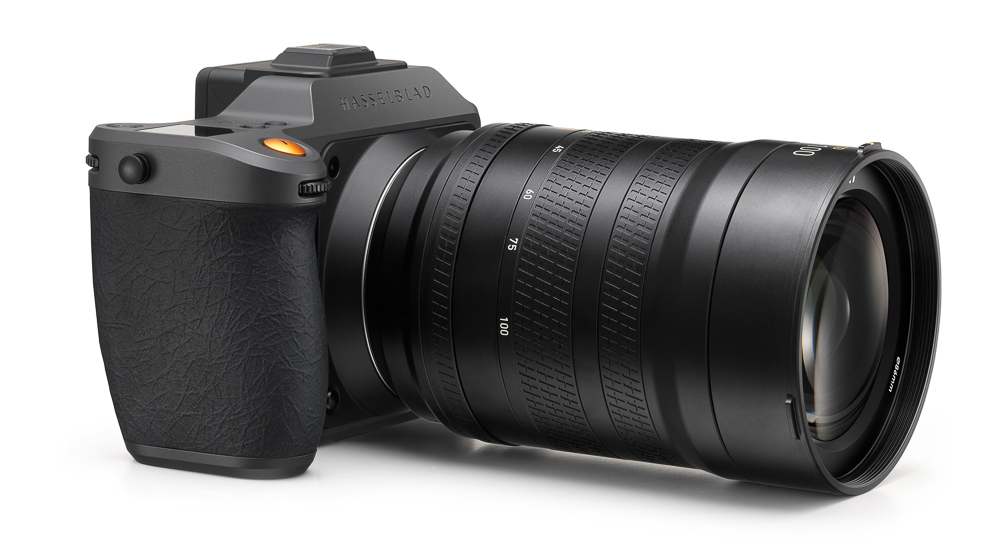
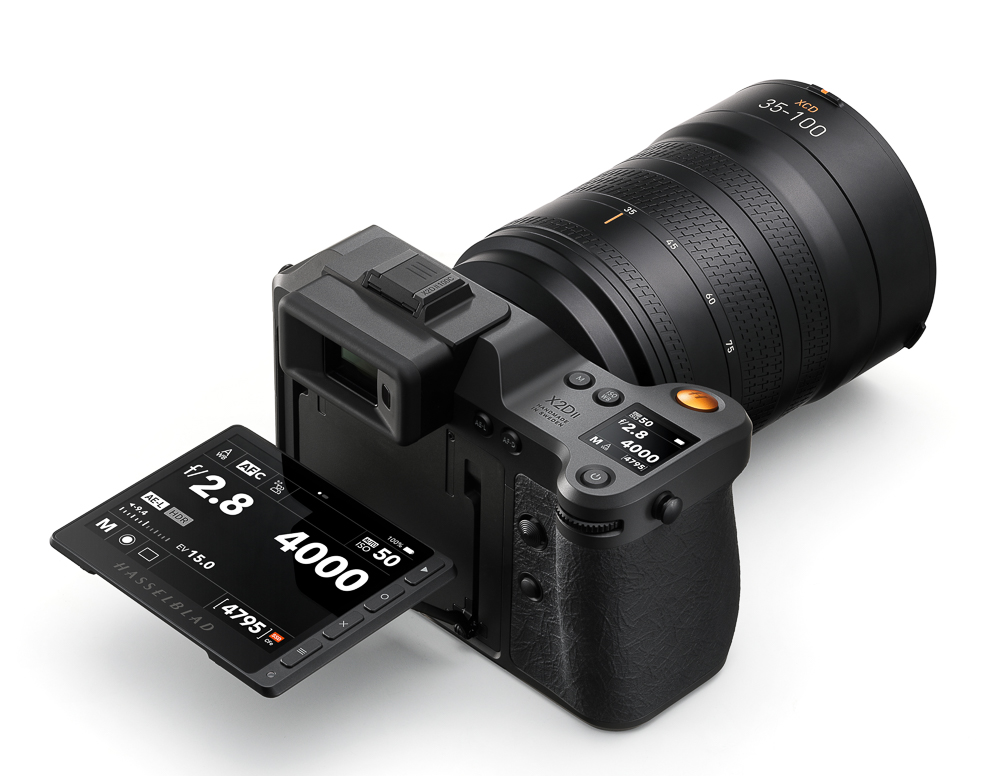
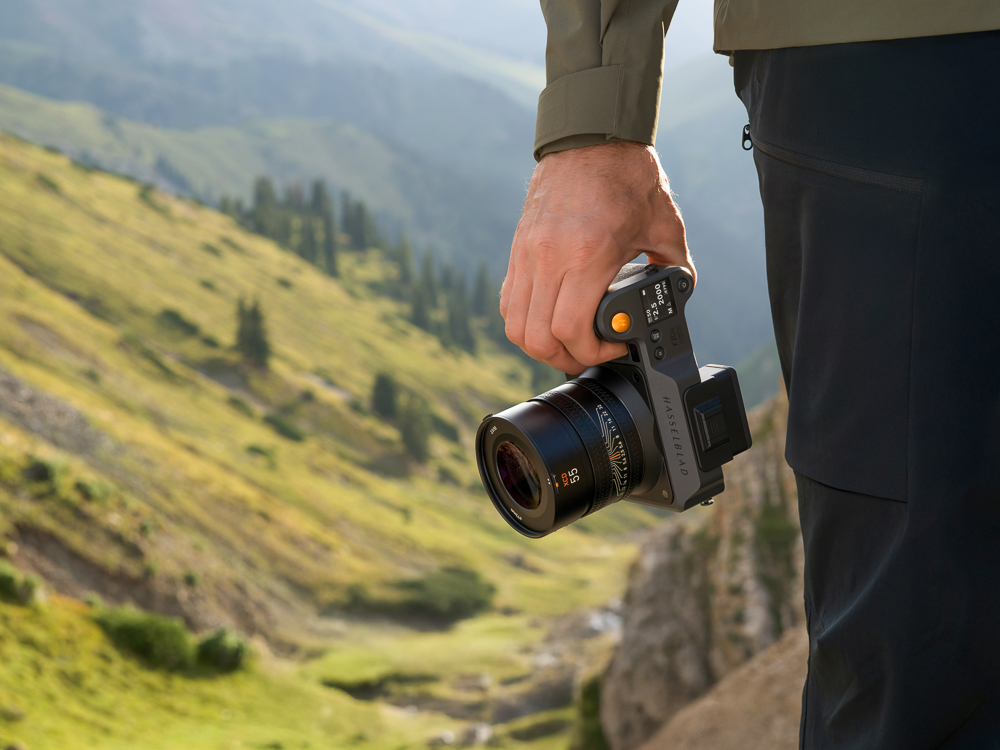
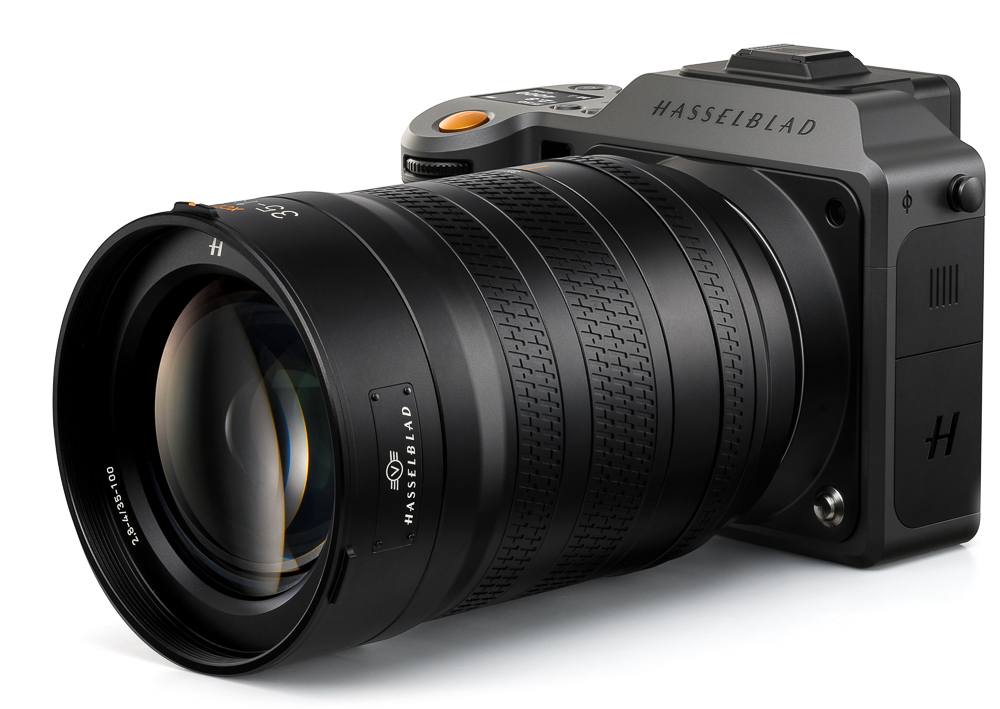
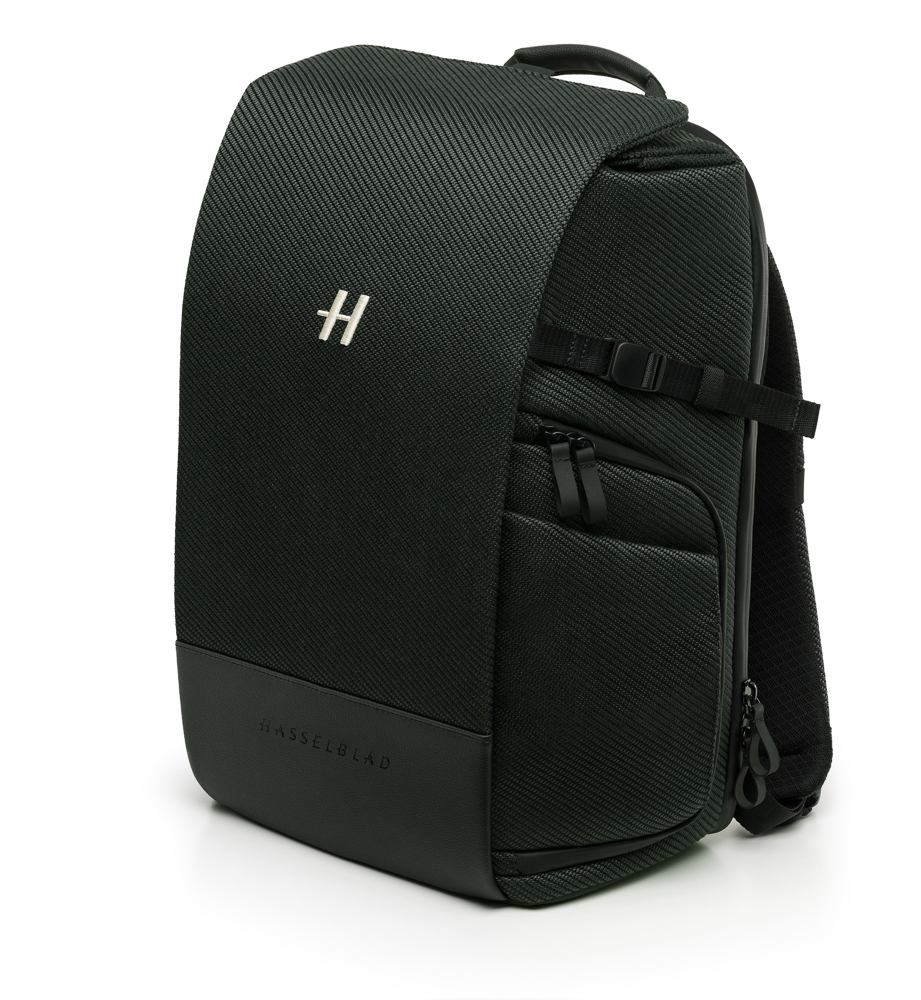
As a X1D II shooter I’m excited by this. The Hasselblad X system produces the closest results to large format Fuji Velvia that I have yet seen, but with the earlier models you have to accept that these are manual focus cameras and they have significant limitations for more spontaneous use. This upgrade seems to address all the major criticisms: the lack of a joystick for focus point selection, the fact that the tilting screen on the X2D was obscured by the viewfinder, the loss of the remote release socket with the X2D and of course the still autofocus performance. How well these fixes work in practice remains to be to be seen, but Hasselblad appears to have listened, addressed the issues and made it cheaper. I’m in.
So it is possible to significantly improve a flagship niche camera and still sell it 1500€ cheaper than its predecessor. Could someone tell Leica?
Ok, perhaps it has to do with Fuji’s competition or DJI’s ownership and control, but we can always try 😉
I just placed an order. The changes that Hasselblad made all make sense to me. The new weight is 840g with battery (55g less than the X2D and comparable to the Leica SL3 weighing 854g with battery). The new zoom looks great as well and relatively lightweight for the zoom range. I already have the 35-75 which is excellent but on the heavy side.
Congratulations! It looks like a fantastic camera. The improvements in autofocus and control systems over the X2D really add to what was already a superb piece of kit. Looking forward to a user review in due course! Cheers, Keith